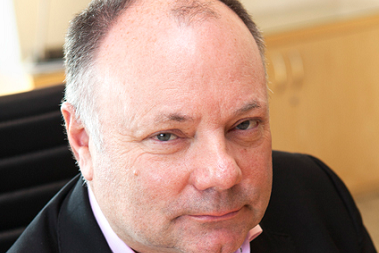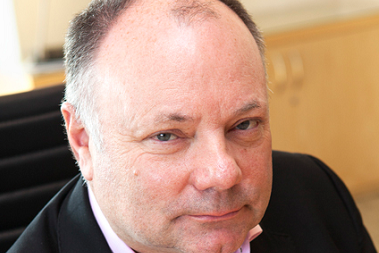Company now controls 5.7% of UK private car insurance market

Newly listed motor insurance group Hastings made an operating profit of £93.8m in the first nine months of 2015, up 19% on the £79m it made in the same period last year.
These are the first results the company has published since its initial public offering (IPO) on 12 October.
The profit boost was driven by a 19% increase in group net revenue to £350.2m (nine months 2014: £295.4m).
Gross written premium increased 26% to £454.3m (nine months 2014: £359.8m) and the number of live policies grew by 19% to 1.97 million from 1.65 million.
The company said the number of live policies have subsequently exceeded 2 million and that it now commands a 5.7% share of the UK private car market, up from 4.9% in the first nine months of 2014.
The company also reported a calendar-year loss ratio of 74.5% for the period, within its long-term target of between 75% and 79%.
The company said it had continued to maintain underwriting discipline despite its growth. Its average gross written premium per policy increasing by 6%, with much of the recent rate increases yet to show up in income.
‘Strong results’
Hastings group chief executive Gary Hoffman said: “Our strong results for the period demonstrate that Hastings’ refreshingly straightforward approach to insurance continues to resonate with our customers and puts us on target for another record year.”
He added: “We now provide cover for over 2 million customers, nearly double the number we had when I joined the group in November 2012.
“We listed on the London Stock Exchange on 12 October 2015 and the proceeds have enabled us to strengthen further our solvency position ahead of Solvency II and reduce our net debt.
“Our agile, digital model continues to provide an ideal platform to replicate the ongoing success of motor for our growing home proposition.”
At 30 September 2015, the group’s net debt had reduced to £354.5m, which is 2.9 times operating profit, compared with 3.7 times at the same point last year.
Since the end of the reporting period, the company has used some of the cash proceeds from its initial public offering (IPO) to pay back £106.6m of its bonds.
With this payment included, the ratio of net debt to operating profit is 2.3 times.
Solvency II
The solvency position of the company’s insurance underwriting business has also improved. As of 30 September 2015, its solvency capital was 257% of requirements under the old Solvency I regime.
If the £50m of IPO proceeds that the company paid into its insurance unit after the reporting period had been included, the solvency coverage ratio would have been 355%.
Hastings added at the group remains well prepared for the implementation of Solvency II on 1 January 2016.






































No comments yet